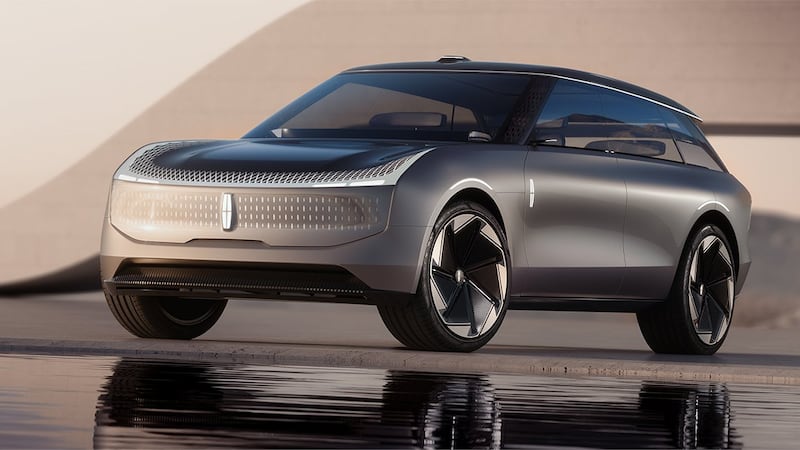One of the oldest luxury brands in the US introduced its first concept for an electric vehicle, the Lincoln Star Concept, on Thursday as Ford Motor's luxury line plays catch-up with premium rivals that have already plugged in.
The elongated SUV has large wheels that look like discs and a flat roofline angled down in the rear, ostensibly to improve aerodynamics.
Although it’s not a running, driving model, and the company did not release any performance estimates, the Star Concept is the first tangible indicator of the brand’s promise to deliver three fully electric vehicles by 2025 and a fourth by 2026.
“In 2017 there were only five premium electric vehicles, today there are 48, and by the end of the decade premium EV sales will triple,” Lincoln president Joy Falotico said.
“So now is our moment.”
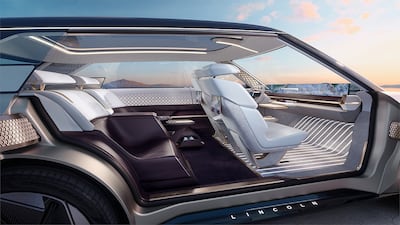
The vehicle comes with a top half largely encased in glass, with a see-through roof that can be darkened manually and 3D-printed front and rear pillars that allow light to flow into the cabin through their lattice-work design.
It combines retro and futuristic elements: coach-style rear doors resemble the old Lincoln Continentals from the 1960s that had the same configuration; under the steering wheel, a single clear plastic pedal splits in half – one side to brake, the other to accelerate.
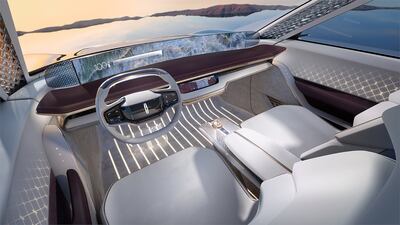
The cabin is illuminated in soft lighting from glowing pinstripes in the floor, door panels and ceiling. Hidden storage for shoes and a cabinet for chilled beverages are meant to make the back of the vehicle feel like a comfortable lounge or executive office.
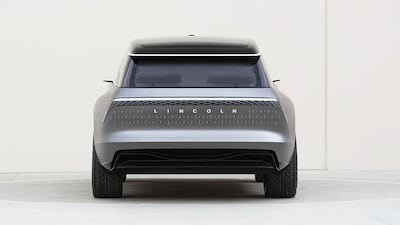
But not much in the car felt novel. Auto makers from Cadillac to Rolls-Royce already offer refrigerated compartments and coolers, while mood-changing colour, sound and fragrance elements like those promised in the Lincoln concept car have been a staple of Mercedes production cars for years.
Its glass top echoes those already in production from General Motors’ Hummer EV and Lucid’s Air, both of which have transparent roof panels.
Lincoln executives have long said that by 2026, half the marque’s global sales volume will come from hybrid and pure-electric vehicles.
But the 100-year-old brand lags behind virtually every other luxury car maker when it comes to producing an EV. Growth at the top end has been much quicker than the mainstream: EVs account for 20 per cent of sales of luxury vehicles, compared with just 2 per cent of mainstream sales.
Audi, BMW, Hummer, Lucid, Mercedes-Benz, Polestar, Porsche, Rivian and Tesla are all selling pure EVs. On March 21, Lincoln’s cross-town rival Cadillac started production of its electric SUV, Lyriq, nearly a year ahead of initial schedules.
Parent-company Ford is trying hard to make the conversion with its F-150 Lightning, although its plans don’t necessarily translate to Lincoln moving quickly to electric.
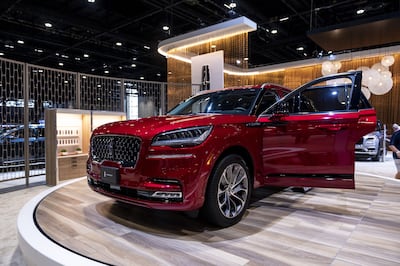
Ford chief executive Jim Farley recently boosted the company’s spending target on EVs by 66 per cent, to $50 billion by 2026, but delayed plans for an electric version of the Lincoln Aviator SUV so the company could boost production of the electric Mustang Mach-E.
A Ford representative declined to share further details related to Aviator’s immediate and future manufacturing plans.
Currently, Lincoln sells the Aviator and Corsair as plug-in hybrid electric vehicles and will eventually offer a full-hybrid version of the Zephyr in China, according to the representative.
“China is key to our future growth,” Mr Falotico said at the event.
In 2021, Lincoln sold more than 91,000 vehicles in China, a 48 per cent increase over 2020.
Design projects like the Star Concept are best interpreted as pitches to parent-company board members about what a brand could do if afforded the budget and go-ahead.
They also offer clues to consumers about what actual production vehicles may look and feel like in the future.
“It’s an always an ongoing relationship, so the vehicles are going to get better over time,” Lincoln design director Kemal Curic said during the press event, noting that designing the Star Concept had been “a true labour of love”.
